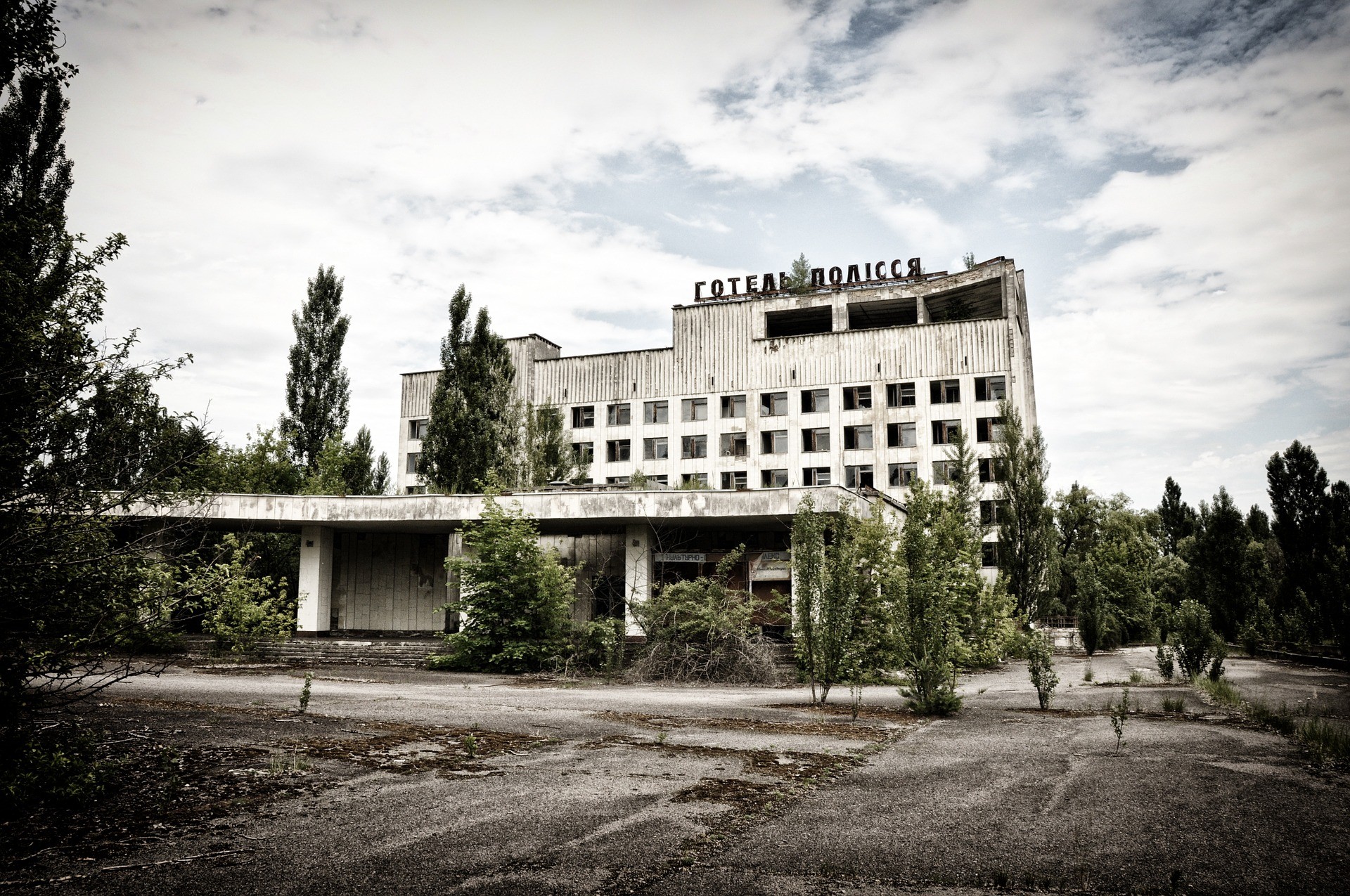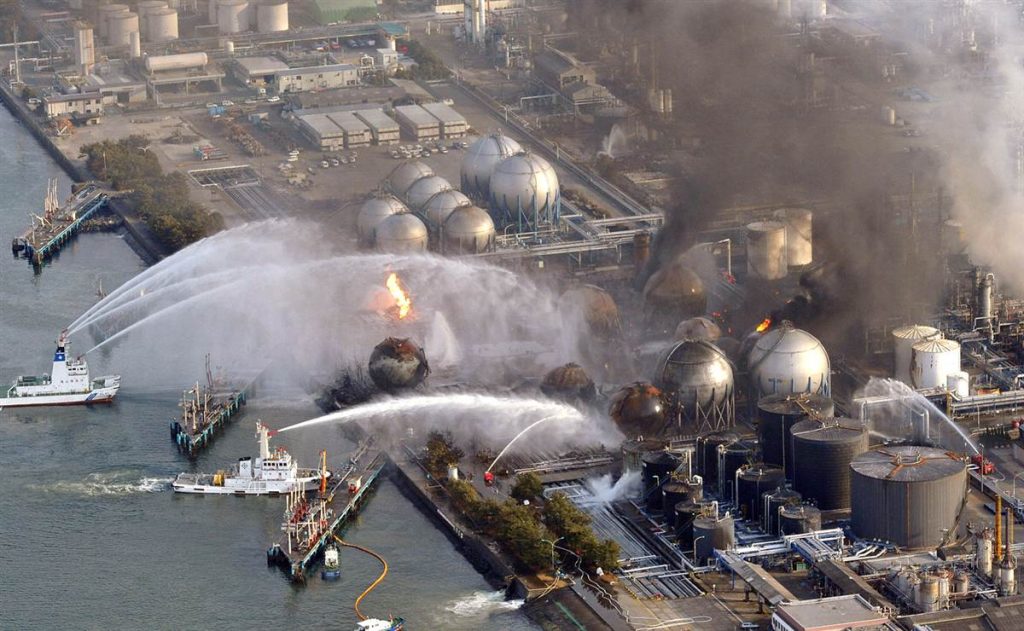When it comes to energy gaps and response to climate change and greenhouse gas emissions, we might hear the benefits of a nuclear power plant because of its low carbon-emitting footprints. But when accidents happen, whether due to natural or man-made sub-standard procedures, these known benefits are incomparable to their destructive and long-term effects. In this article, we list down the top ten deadliest civilian nuclear accidents all over the world.
Here are the Top 10 Deadliest Civilian Nuclear Accidents.
- Chernobyl, Ukraine (1986)
The greatest nuclear disaster in history occurred on April 25 and 26, 1986, when a reactor at a nuclear power station exploded and burned in what is now northern Ukraine. Scientists believe that after more than 30 years, the area around the defunct factory will be uninhabitable for up to 20,000 years. The disaster occurred near Chernobyl, in the former Soviet Union, which invested heavily in nuclear power after WWII and began constructing four RBMK nuclear reactors at the power plant in 1977, just south of Ukraine’s border with Belarus. V.I. On April 25, 1986, routine maintenance was scheduled. The Lenin Nuclear Power Station’s fourth reactor was shut down, and employees planned to use the time to see if the reactor could still be cooled if the plant lost power. Personnel disobeyed safety regulations during the test, causing the plant’s electricity to surge. Despite efforts to shut down the reactor completely, a power surge within triggered a chain reaction of explosions. Finally, the nuclear core was revealed, causing radioactive material to be released into the atmosphere. The publicizing of a nuclear disaster was thought to pose a significant political risk, but it was too late: the meltdown had already dispersed radiation as far as Sweden. Up to 30% of the 190 metric tons of uranium released at Chernobyl were now in the environment. As of 2008, there were 28 direct deaths, 19 deaths that were not fully related, and 15 children who died of thyroid cancer. Up to 4,000 cancer deaths have been estimated.

Chernobyl Nuclear Disaster
- Kyshtym, Russia (1957)
In the years following World War II, the United States was the world’s leading nuclear power, and in order to keep up, the Soviet Union developed nuclear power reactors quickly and cut corners. As a result, the Mayak facility in Kyshtym had a tank with a faulty cooling system, which when it failed caused an explosion that contaminated approximately 500 miles of the surrounding area. The Soviet leadership initially refused to disclose what had happened, but after a week, they were forced to. When some residents began to exhibit symptoms of radiation poisoning, 10,000 people were evacuated from the area. According to a study published in the journal Radiation and Environmental Biophysics, at least 200 people died as a result of radiation exposure.



 Kyshtym, Russia Nuclear Disaster
Kyshtym, Russia Nuclear Disaster


